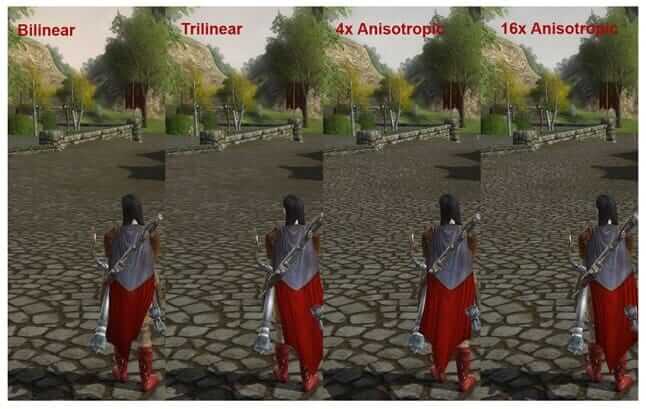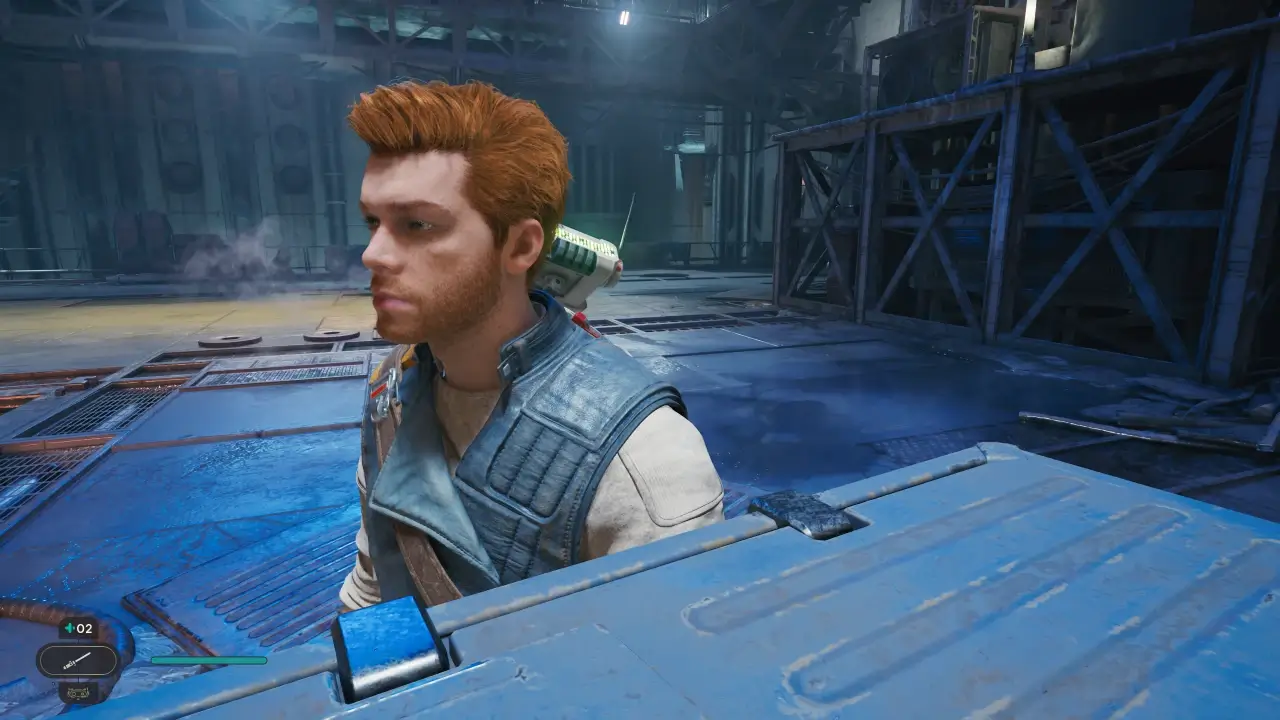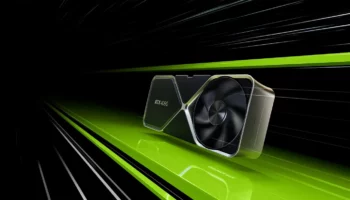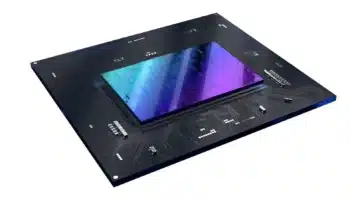Ambient Occlusion
Ambient occlusion refers to the ambient shadows that exist in crevices, edges, and surfaces hidden from the sun. It’s a form of global illumination or indirect lighting. The casting object and the shadow often overlap here. The most popular ambient occlusion technique is Screen Space Ambient Occlusion and its improved variant Horizontal Ambient Occlusion.


Newer GI techniques such as RTGI are gaining prominence, but they are quite performance-intensive. Voxels (3D triangles) form the basis of VXAO/SVOGI.
Ray Traced Global Illumination (RTGI)
Global Illumination is the process of lighting or illuminating a scene by calculating the light emitted by luminant sources on and off the screen (by approximations or ray tracing). The rays are cast and illuminate various objects in the scene as they hit them. The rays behave differently depending on the nature of the objects. For example, glossy objects result in reflections, while less glossy or opaque ones redirect it somewhere else. This redirection of light rays is known as indirect or diffuse lighting.

The diffuse rays act as newly cast rays, further crashing into other objects and illuminating more of the scene. The object that redirects them acts as an independent light source. When the ray finally reaches the camera, the information gathered by it is used to determine the lighting of the scene.
Continue reading about RTGI here.
Texture Filtering
Texture filtering is one of those settings that makes your game look sharper. Well, then how is it different from the regular sharpening filter? It makes sure that the mipmaps of textures are properly visible from the in-game camera. Traditionally, mipmaps are smaller than the original texture by a factor of 2 and there are points (texels) where multiple mipmaps may converge. These must be filtered to avoid blurring and other artifacts.

Bilinear filtering, the simplest form of texture filtering uses the following approach to calculate the color of a texel: It takes four texel samples from the approximate position of the texel (a texel is to texture what a pixel is to resolution) as indicated by the game engine and calculates its average which is then used as the final value. However, bilinear filtering only uses samples or texels from mipmaps identified by the game engine and if at any point with perspective-distorted textures, two different mipmaps are used, there are shifts in texture clarity.

Trilinear filtering improves on bilinear filtering by continuously sampling and interpolating (averaging) texels from the two closest mipmap sizes for the target texel, but like BF, this technique assumes that the texture is displayed as a square from the player’s perspective, and suffers a loss in quality when viewed from an oblique angle (especially when perpendicular to the screen).
This is due to the texel covering a depth (area along the axis perpendicular to the screen) longer than and a width narrower than the samples extracted from the mipmaps, resulting in blurring due to under and over-sampling, respectively.

To solve this, Anisotropic Filtering is used which scales either the height or width of a mipmap by a ratio relative to the angle of the texture against the screen. The ratio is dependent on the maximum sampling value specified, followed by taking the appropriate samples. AF can function with anisotropy levels between 1 (no scaling) and 16, defining the maximum degree by which a mipmap can be scaled but AF is commonly offered to the user in powers of two: 2x, 4x, 8x, and 16x.

The difference between these settings is the maximum angle that AF will filter the texture by. For example, 4x will filter textures at angles twice as steep as 2x, but will still apply standard 2x filtering to textures within the 2x range to optimize performance.




